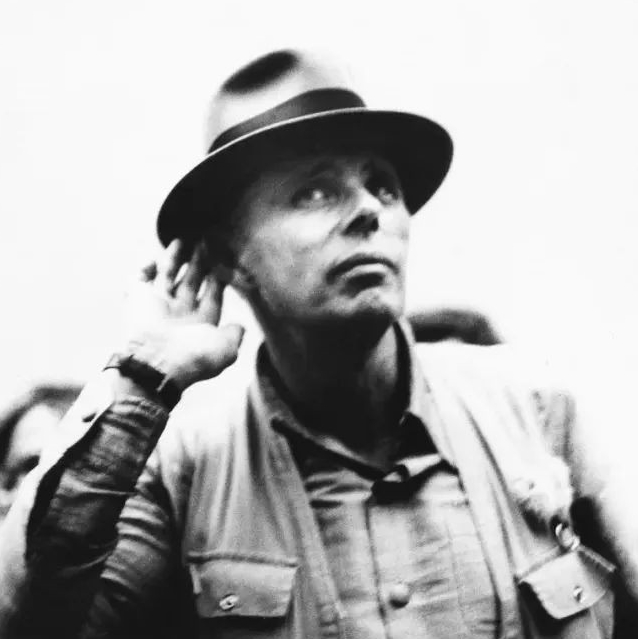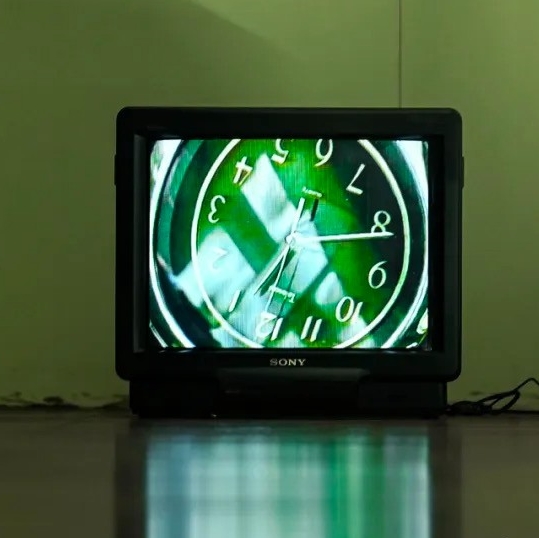
The notion of a “post-petroleum era” reflects our anxiety on energy issues in this current era. Social developments over the past two centuries since the Industrial Revolution has brought human civilization into an accelerating state. However, along with the destruction brought by these advancements (many of which were irreversible), in the context of global warming, extreme weather, and environmental pollution, the pandemic of COVID-19 has added to the heavy blow to the human race, and we cannot help wondering whether this highway leads to heaven or hell.

Exhibition View
Within this universal anxiety, technology and design are usually regarded as a key force to break through the predicament. On September 17, the Design Museum in London presents its first dedicated touring exhibition in collaboration with the Central Academy of Fine Arts (CAFA) exploring the legacy, stories and sustainable futures of the material world. Featuring over 100 iconic exhibits from the Design Museum collection, 20 Chinese contemporary designers’ works as well as innovative materials in development today, the exhibition informs and inspires visitors to understand and care for the complex processes that go into everyday objects. Visitors can see designs that aim to foster greater respect and care for the world around us, from products made from innovative materials such as vegan leather grown from coconut waste to projects with a local impact such as native corn species in Mexico.

The New Age of Trichology, Sanne Visser, 2016. Image Credit Tom Mannion
With a poetic attitude, ‘Origin’ as the first section of the exhibition introduces some key materials, such as wood, clay, metal, plastic and fibre, illustrating their unique properties through large-scale microscopic images and mounds of raw materials.Visitors can also explore the emotional qualities of materials through a variety of iconic and everyday design objects. The microscopic images exhibited next to the material fragments, indicate that our materials have their own texture and even physical bodies—this transformation is not difficult as a body has always been regarded as a “material.” When we start to admit that materials have the reverse perception of body, the concept of nature draws the materials to us—natural objects are no longer Weltlos as Heidegger called them, on the contrary, natural objects share the world and our own country with us. The idea that sharing our own lands arouses our concern for materials. This is not just about instrumental intentions, and it is more than scientific tests. Materials remind us of the inherent vulnerability of human life.

Hangzhou Stool, Chen Min, 2012 Endless Form® MC015-F-Black, Zhang Zhoujie, 2018
Endless Form® MC015-F-Black, Zhang Zhoujie, 2018
Moving into the second section, ‘Transformations’ offer a way to discover the power of mass manufacturing, through the technical possibilities and overwhelming scale of the materials that are being processed and mas produced today. Step behind the scenes of how our modern material world is formed, from awe-inspiring space craft and everyday drinks cans to the flat pack furniture that revolutionized modern interiors. The chairs show the changes in materials and design concepts in a most direct way. The highlights also include Thonet chair No. 14, Gu Chair by Ma Yansong which is based on human body, Endless Form® MC015-F-Black by Zhang Zhoujie from the concept of algorithms.

Exhibition View
In ‘Consequences,’ the third section of the exhibition, visitors are confronted by the human impact of global systems by material extraction and the consumption of the environment in a newly commissioned film by Zuketa Film Production. The black wall here denotes a completely different image from the section of ‘Transformations,’ which is death. At the other polar opposite, death is always accompanied by creations, whether in Arcadia in ancient mythology or technological utopia in the modern imagination. Modern technologies over the past two centuries were based on a series of extreme exploitation. While discovering the legacy of these material industries through case studies exploring mining, rubber and intensive cotton farming, including a super-scale graphic produced by World of Matter, it explores the global systems of extraction. Along with economic globalization, labor squeeze and environmental pollution that have all been thrown to mining and processing areas. Various (natural and human) deaths occurred here to maintain the creative desires of modern technology subjects and the division of labor made deaths fall silent with the Other.

Bio Iridescent Sequin, Elissa Brunato, 2019 Love Under the Hammer, Lin Fanglu, 2021
Love Under the Hammer, Lin Fanglu, 2021
The exhibition ends with the section of ‘Evolution’ which examines more optimistic material futures and how designers are working to find more intelligent and sustainable ways of working with finite resources. Featuring the work of a dozen contemporary designers, this section reminds visitors that design is a constantly evolving field that plays an important role in tackling environmental and societal issues. Several textile works interpret this theme from various perspectives: Faber Futures makes use of bacteria to realize the new dyeing and weaving technologies which remind us of previous serious pollution in this industry; Lin Fanglu’s installation Love Under the Hammer shows the traditional textile technology of Gaeml as well as the unique strength of women participating in it; Kathrin von Rechenberg explores the potential of a traditional technique called Gambiered Guangdong silk in her installation, this material that relies extremely on natural conditions, represents a rejection of popular acceleration narratives. Yang Hongjie covers a 3D printed vase with human HeLa cells and completes a post-human blue-and-white porcelain piece.

Exhibition View Semi-human Vase II, Yang Hongjie, 2019
Semi-human Vase II, Yang Hongjie, 2019
Featuring early prototypes in design experiments, alongside a wealth of images, film and process materials, the exhibition includes work by visionary designers including Charles and Ray Eames, Carlo Scarpa, Marcel Breuer, Ettore Sottsass, Ma Yansong (MAD Architects), OnEarth Architecture, Dong Gong (Vector Architects), Kathrin von Rechenberg, Kinor Jiang, Lyu Yue, Wang Kezhen, Chen Min, Zhang Zhoujie, Faber Futures, Femando Laposse and Sanne Visser.
As we face the realities of the Earth’s limited resources, designers and users alike are seeking greater clarity around how objects are made and at what material cost. From early examples of mass-produced furniture to the latest experiments in bio-fabrication, the exhibition explores the materials that have defined modern life and how we might learn to make better use of them in future. The exhibition will remain on view till October 17 and a series of academic lectures and activities of public education will be held simultaneously.
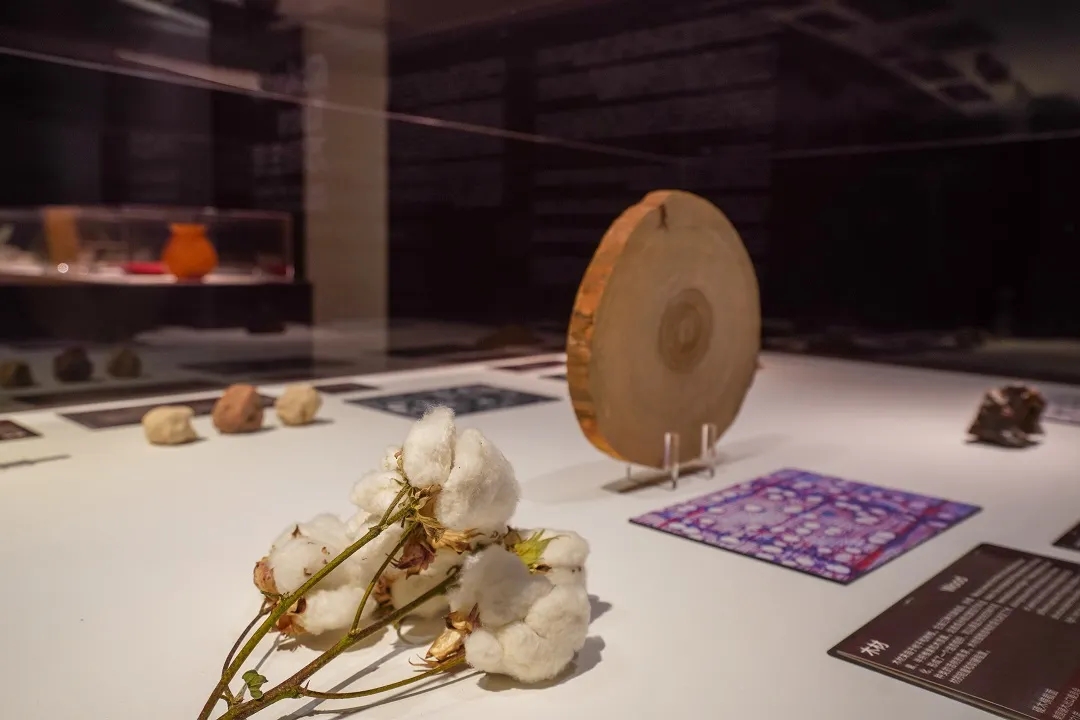
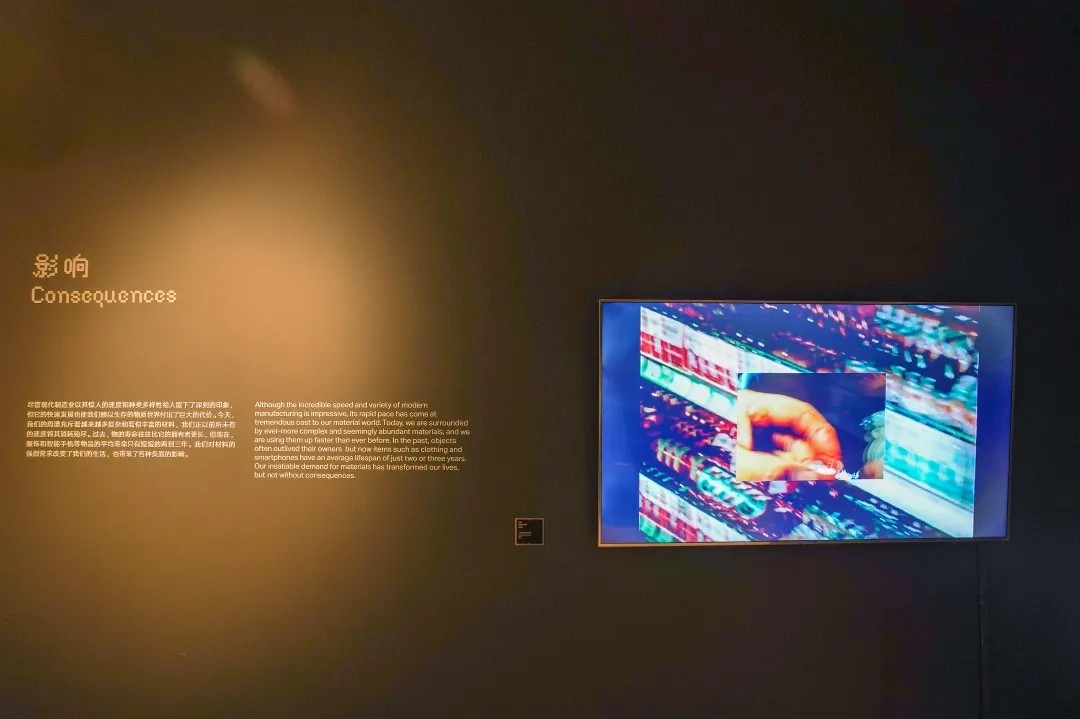

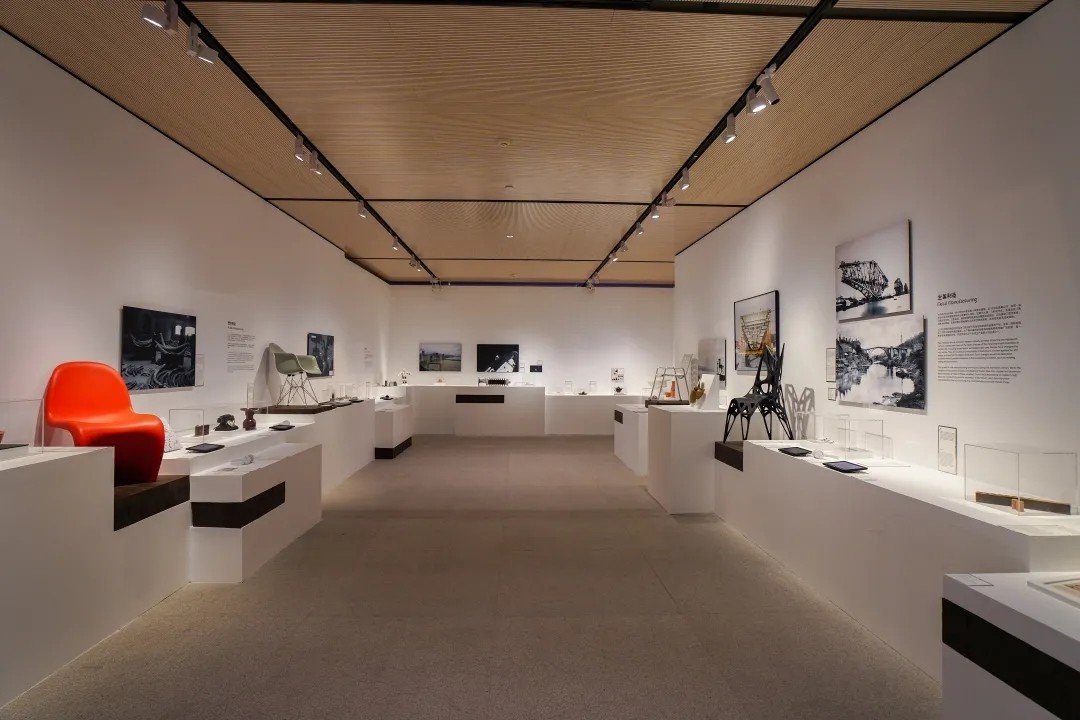

Exhibition View
Text by Luo Yifei, edited and translated by Sue/CAFA ART INFO
Exhibition View Photo by Hu Sichen
Courtesy CAFA Art Museum
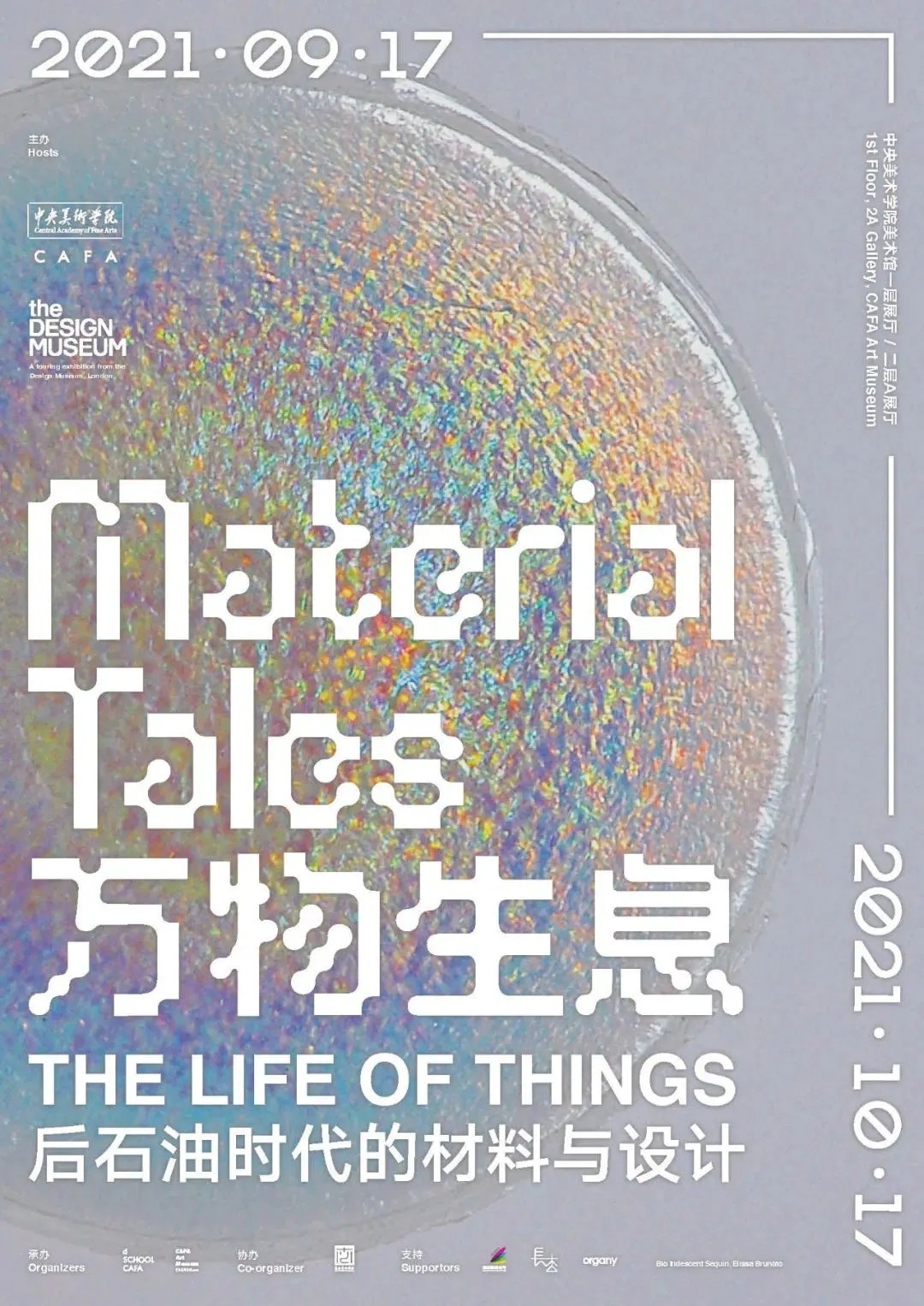
About the exhibition
Organizers: Central Academy of Fine Arts (CAFA), Design Museum London
Co-organizers: CAFA d-School, CAFA Art Museum
Touring exhibition co-organizer: Nanjing University of the Arts
Date: 17 September – 17 October, 2021
Venue: 1st Floor and 2A Gallery, CAFA Art Museum
CAFA Art Museum
General Counsel: Fan Di’an
Exhibition Director: Song Xiewei
Exhibition Producer: Zhang Zikang, Han Wenchao
Exhibition Coordinator: Wang Chunchen, Gao Gao
Curators: Ji Yujie, Zhou Bo, Wang Naiyi, Xue Tianchong
Design Director: Xue Tianchong
Design Museum London
Exhibition Curator: Eleanor Watson
Exhibition Project Managers: Silvia Meloni and Erika Batey
Original Exhibition Design: vPPR Architects
Original Graphic Design: Twelve Design Ltd.



